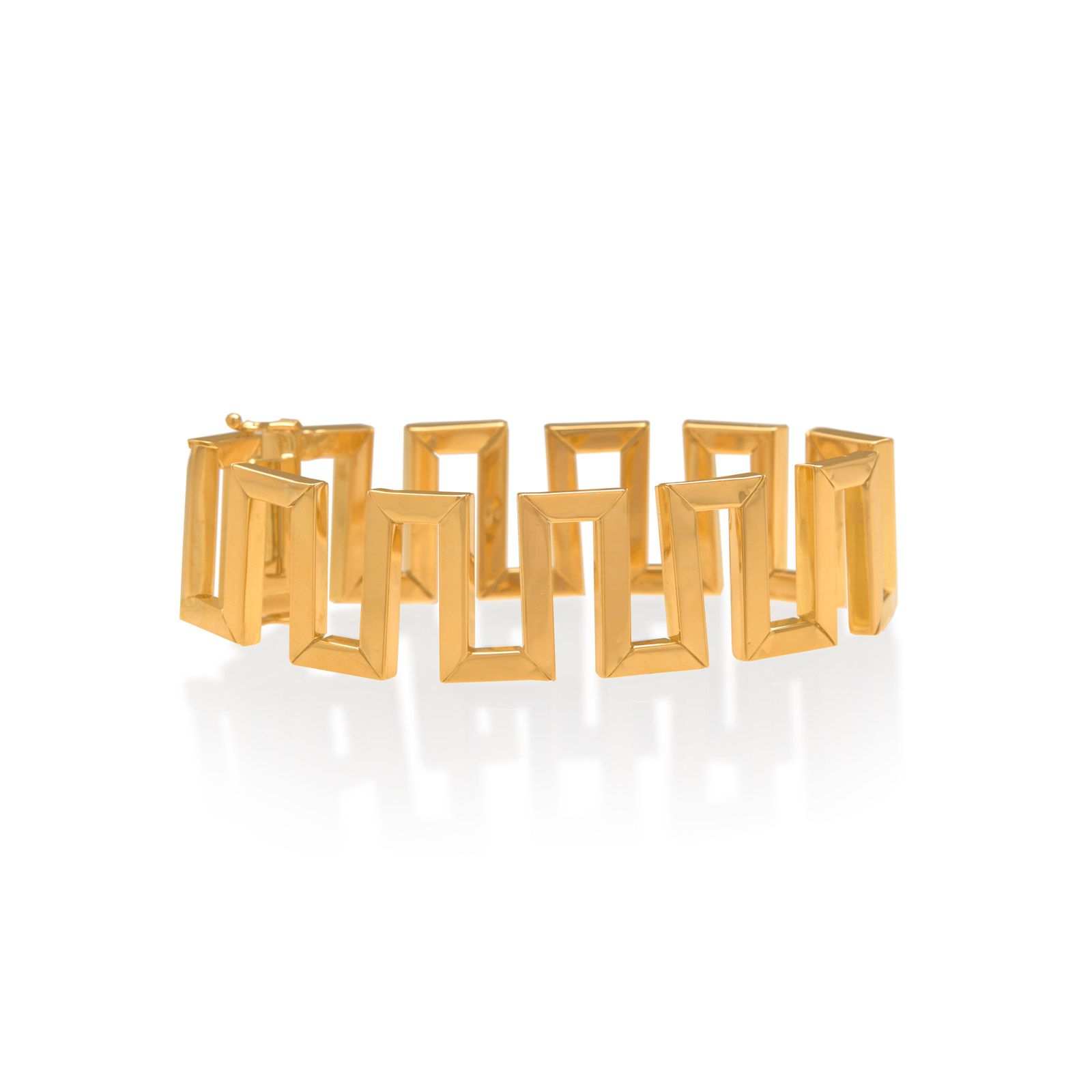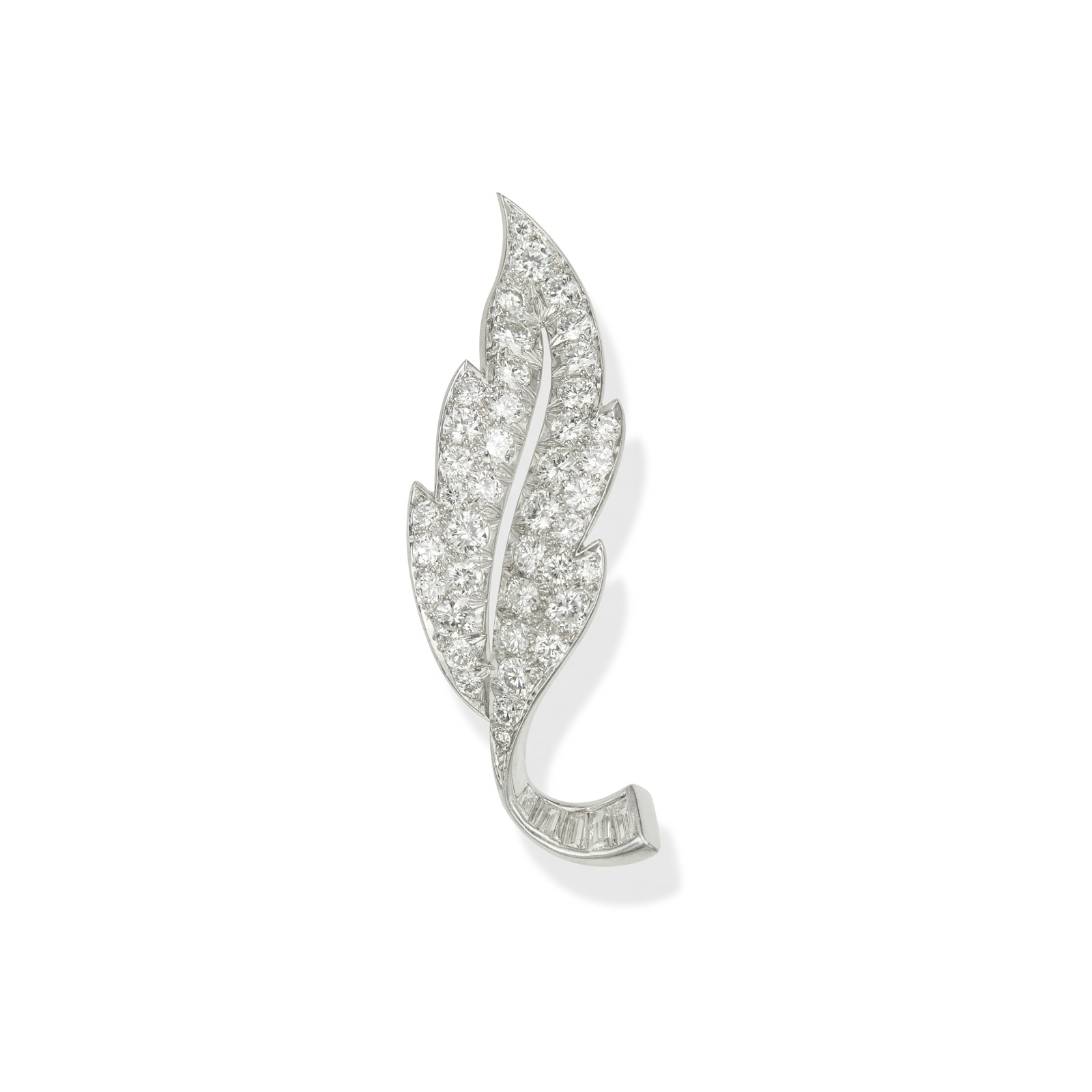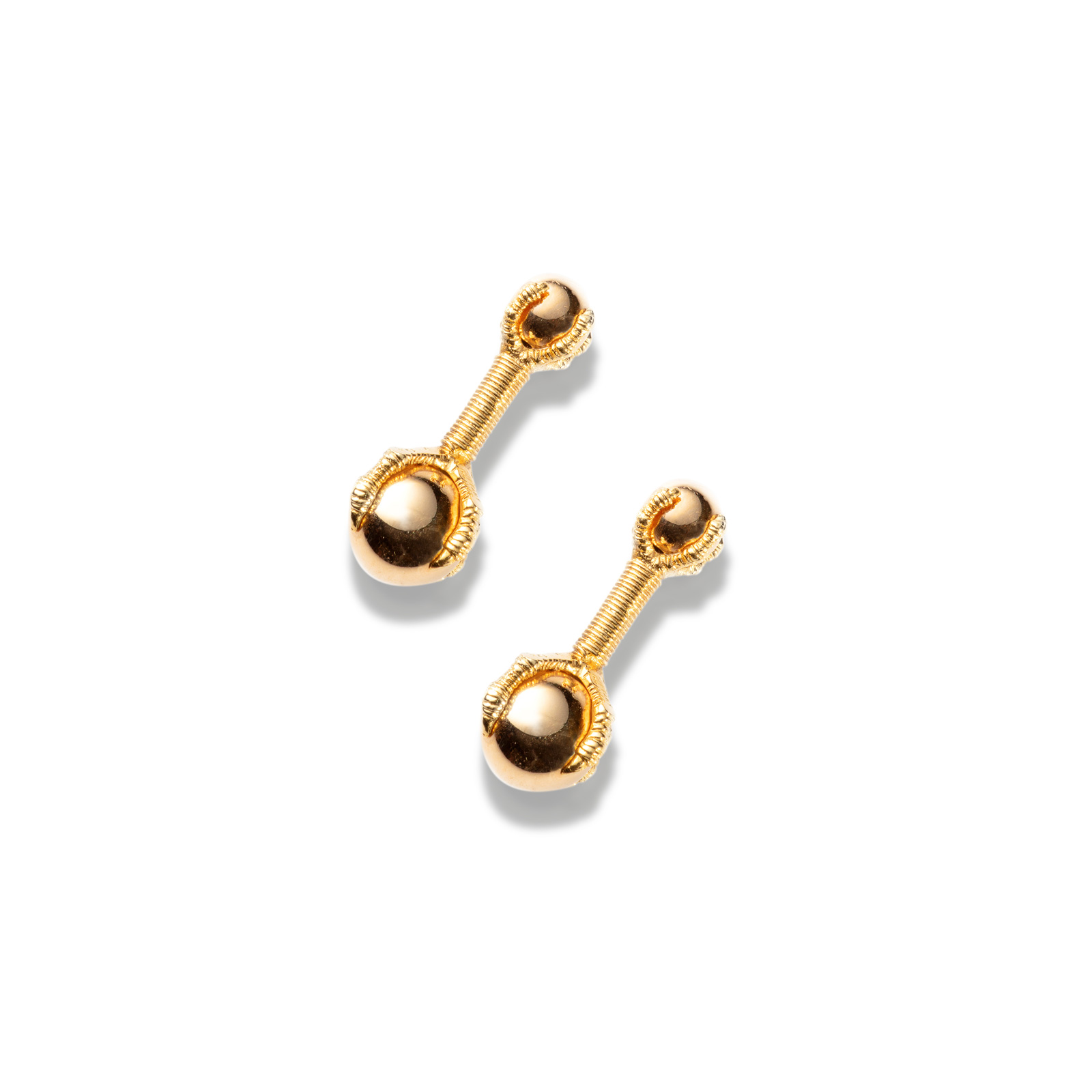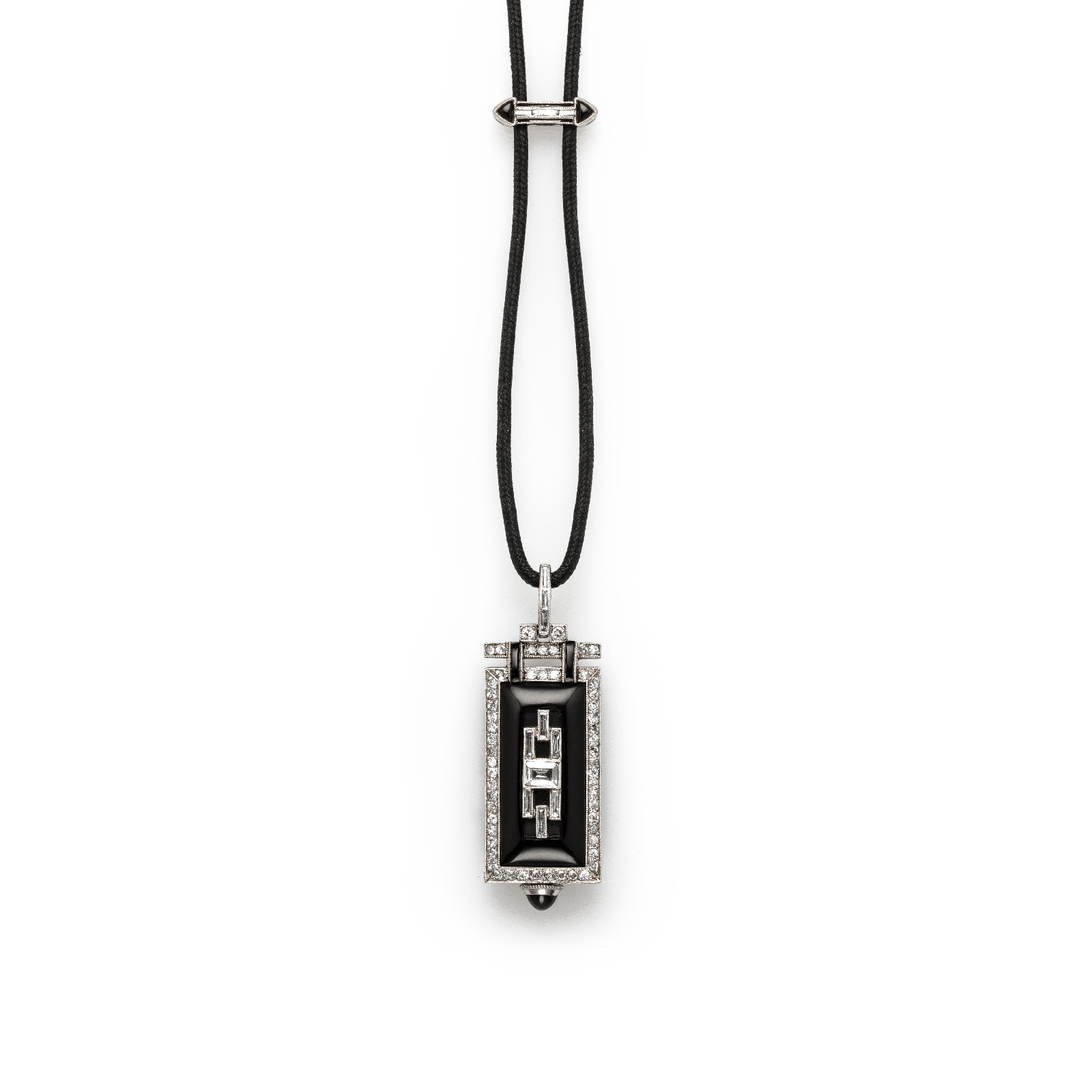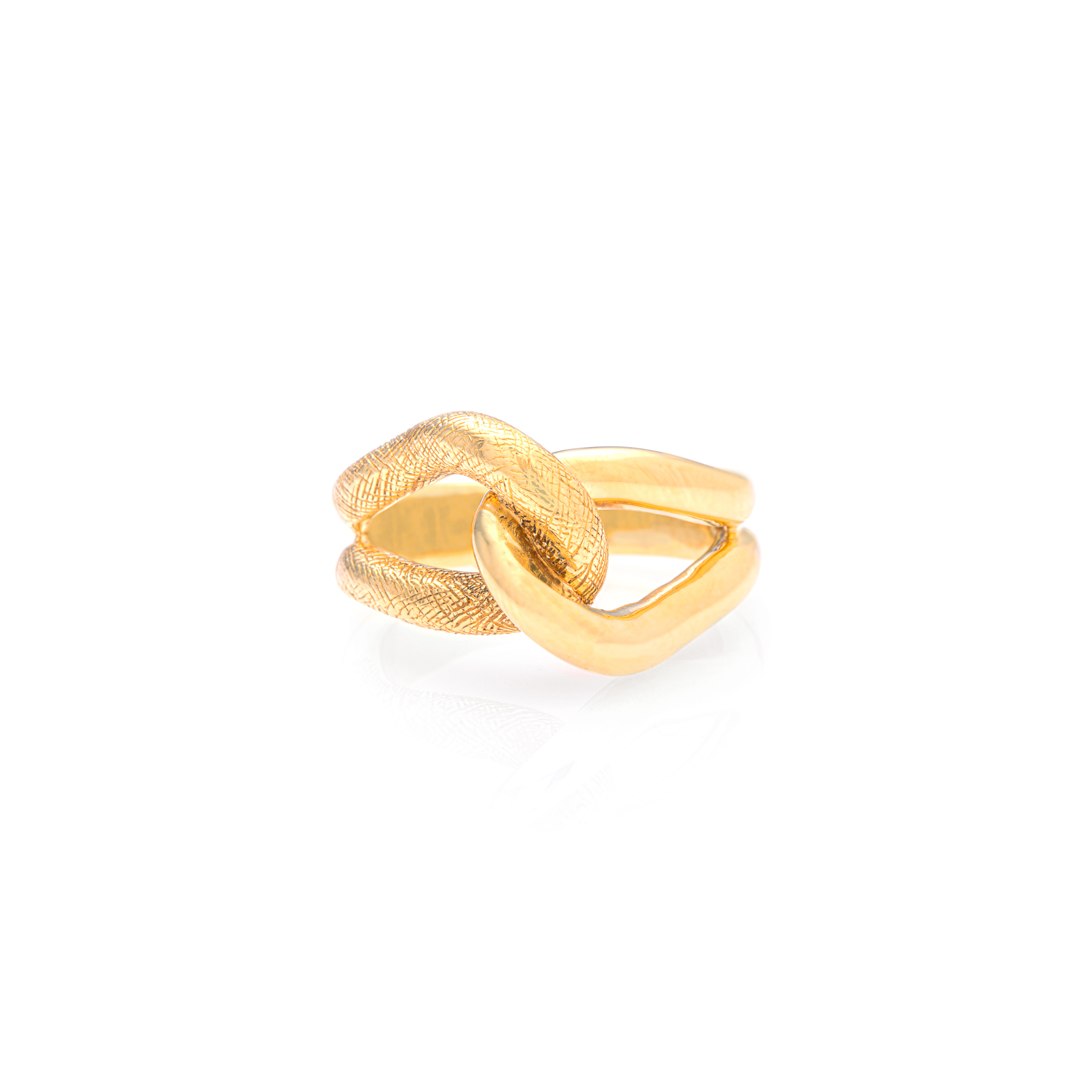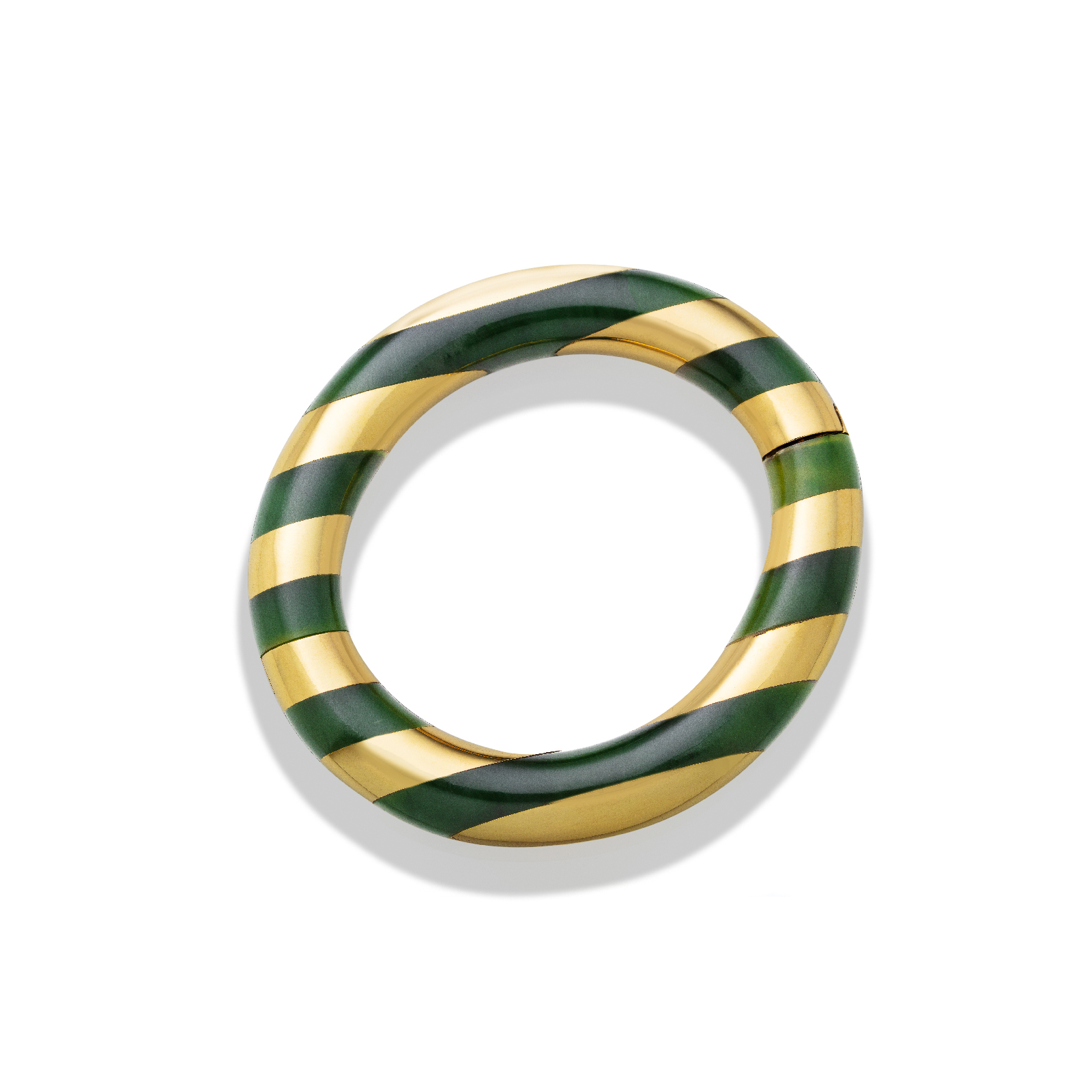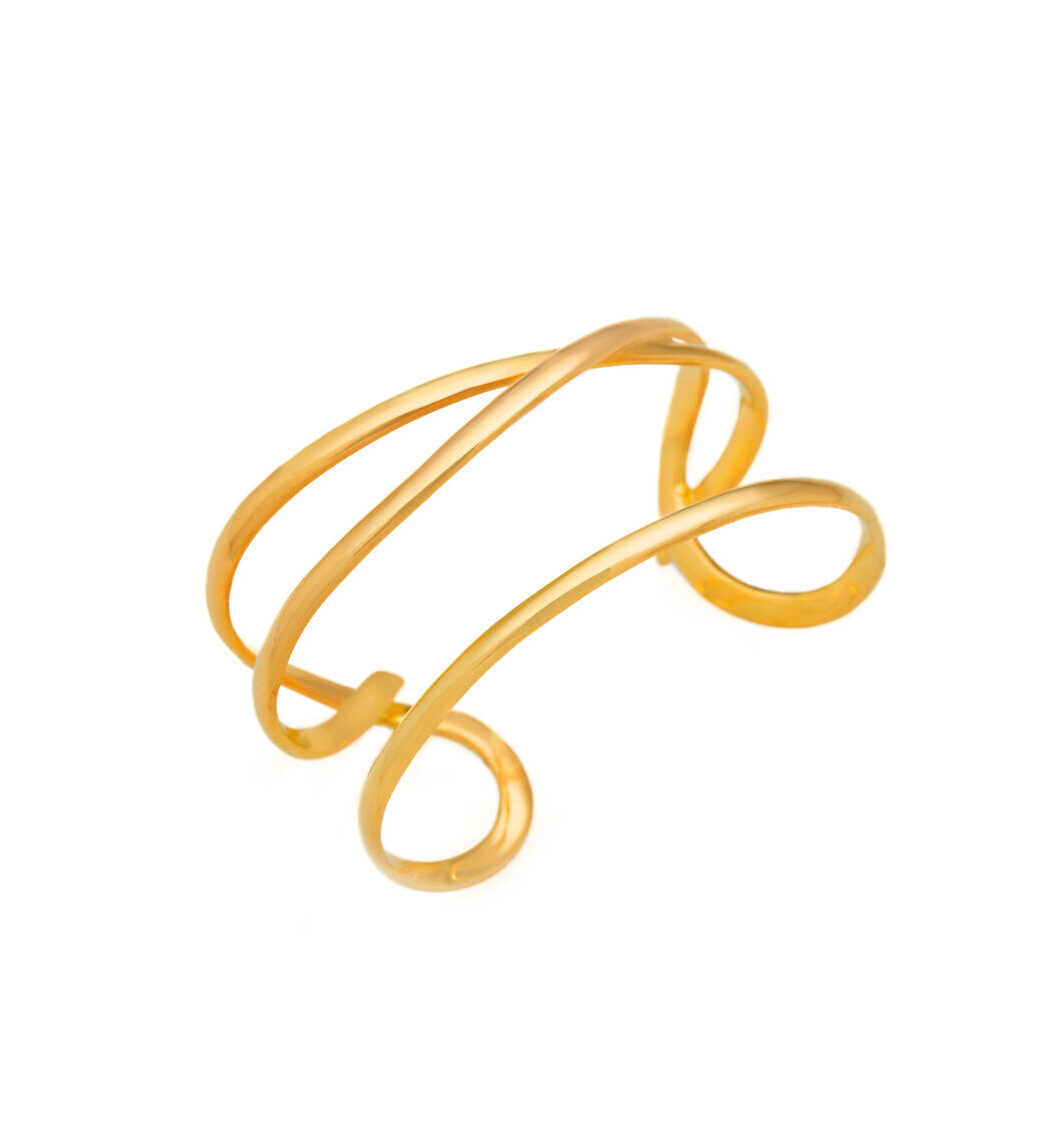In 1837, Tiffany & Co., the most renowned of American jewelers, opened its doors in New York City as Tiffany & Young. Its specialties were fancy goods and stationery. While initially carrying only a small selection of jewelry, most of which was costume, owners Charles Lewis Tiffany and John P. Young soon expanded their business to fine jewelry imported from Europe.
In 1850, Tiffany opened an office in Paris, its local presence allowed the firm to keep abreast of the newest trends from Europe. In 1853, Charles Lewis Tiffany gained sole control of the firm and changed its name to the more familiar, Tiffany & Co. In 1870, the firm opened its famous Union Square location in New York.
As the century wore on, Tiffany became a trendsetter in its own right. At the 1900 Paris Exposition, the firm won the Grand Prize for jewelry as the first American firm. Louis Comfort Tiffany, Charles’s heir, further enhanced the firm’s reputation for innovative design and helped to usher in the Art Nouveau era in decorative arts and jewelry.
After his father died in 1902, Louis Comfort Tiffany assumed control of the firm and became Tiffany’s first Director of Design. He led the firm through the Art Deco era and into the Retro age. In 1933, Lewis Comfort Tiffany died. In 1955, newly minted company president Walter Hoving hired Van Day Trueux as design director.
The designer Jean Schlumberger brought famous friends and a strong sense of whimsy to the company. He also created Tiffany’s classic ribbed and studded “X” bangles. In the last half of the twentieth century, designers like Angela Cummings, Elsa Peretti, Paloma Picasso and Frank Gehry have kept Tiffany’s image and inventory fresh.
LVMH Moët Hennessy Louis Vuitton, the world’s leading luxury products group, announced early 2021 that it had completed the acquisition of Tiffany & Co., the global luxury jeweler.


